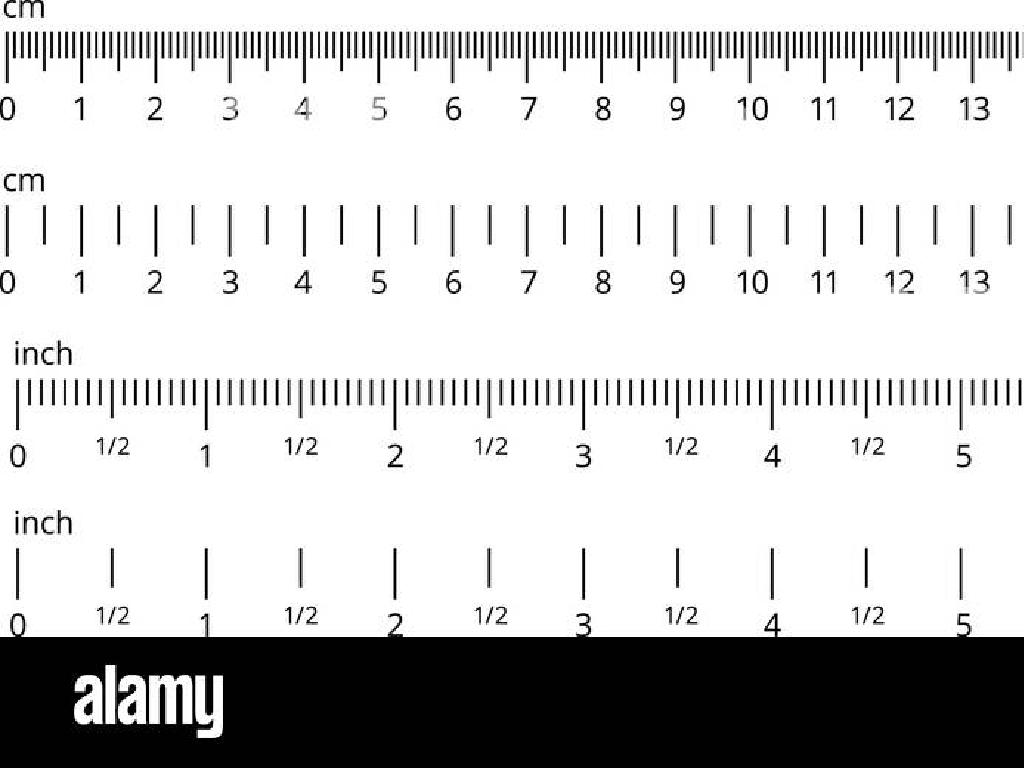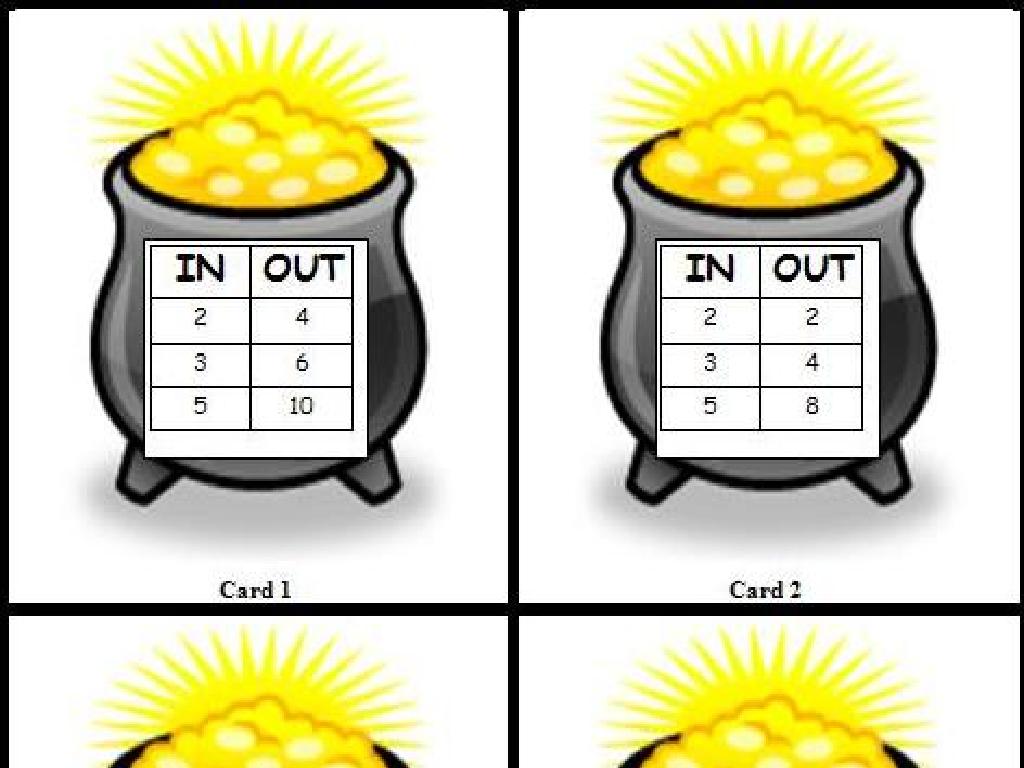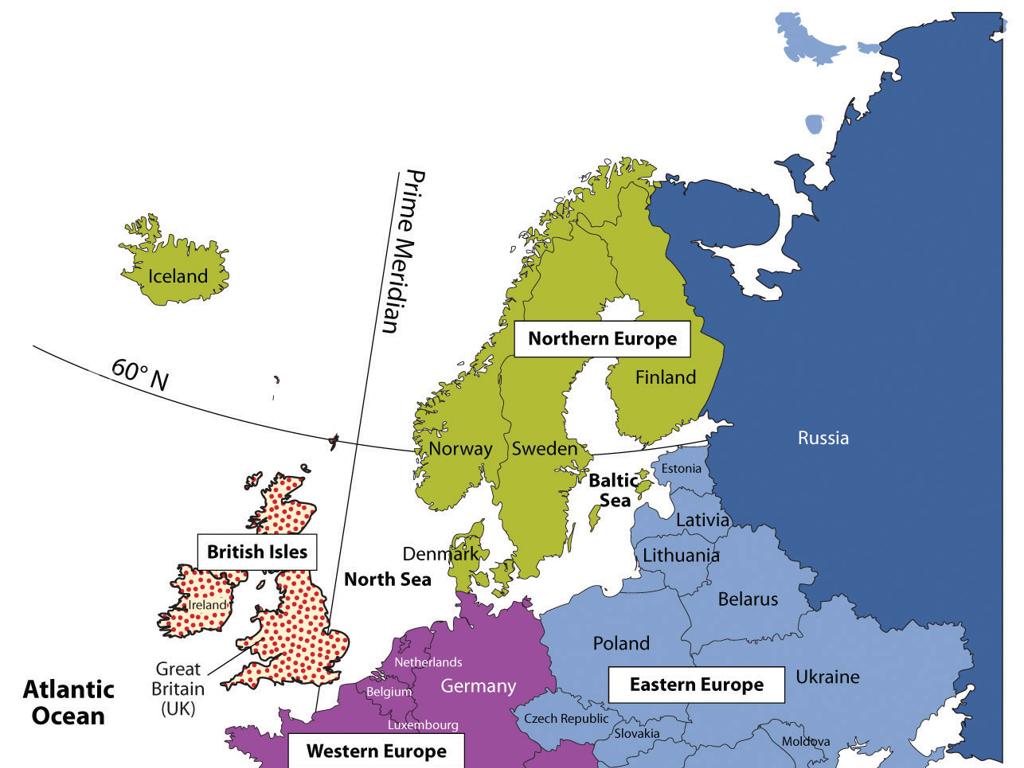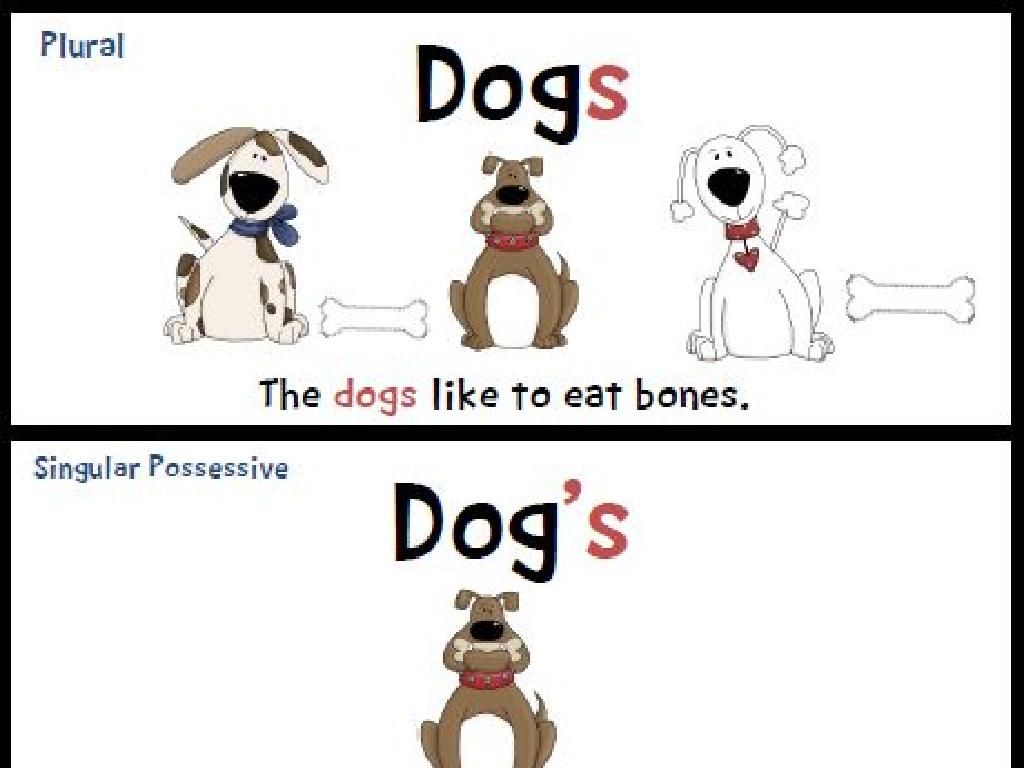Identify Homophones
Subject: Language arts
Grade: Third grade
Topic: Homophones
Please LOG IN to download the presentation. Access is available to registered users only.
View More Content
Welcome to Homophones!
– What are homophones?
– Words that sound alike but have different meanings
– Sound the same, different meanings
– They can be tricky because they sound identical when we say them
– Different spellings
– They are spelled differently, which can be confusing
– Examples: to, two, too
– ‘to’ (direction), ‘two’ (number 2), ‘too’ (also)
|
Homophones are a fun part of learning language arts. They are words that sound the same when we pronounce them but have different meanings and are spelled differently. This can make them quite tricky for students to master. Use examples like ‘to,’ ‘two,’ and ‘too’ to illustrate the concept. ‘To’ is used when we’re talking about direction, ‘two’ is the number after one, and ‘too’ means also or excessively. Encourage students to come up with their own examples of homophones and discuss how to determine the meaning of a word based on context. This will help them with reading comprehension and spelling.
Exploring Homophones We Know
– Think of homophones you know
– Discuss with a classmate
– Find a partner and talk about different homophones
– Write down the homophones
– Use a piece of paper to list your homophones
– Get ready to share with the class
|
This slide is designed to engage students in a collaborative activity to explore their existing knowledge of homophones. Homophones are words that sound the same but have different meanings and spellings, like ‘to’, ‘two’, and ‘too’. Encourage students to think of as many homophones as they can and discuss their ideas with a partner. This will help them to reinforce their understanding and recall of homophones. After the discussion, each pair should write down the homophones they have identified. The activity will culminate in a class sharing session, where each pair can present their findings. This interactive approach will help students learn from each other and recognize the wide range of homophones in the English language. Provide guidance and support as needed, and be prepared with examples if students struggle to come up with homophones on their own.
Homophones in Action
– Homophones in sentences
– See words that sound the same but have different meanings used in example sentences.
– Context clues help choose
– Clues in sentences help us tell which homophone fits best.
– ‘There’ vs. ‘Their’ usage
– Why can’t we say ‘The books are over there’ when we mean ‘The books are over their heads’?
– Importance of correct homophones
|
This slide aims to help students see homophones in context and understand how to choose the correct one based on sentence clues. Discuss with students that homophones are words that sound the same but have different meanings and spellings. Use sentences to illustrate how context determines which homophone to use. For example, ‘there’ refers to a place, while ‘their’ indicates possession. Emphasize the importance of choosing the right homophone to make clear and correct sentences. Encourage students to come up with their own sentences using homophones and to explain their choices.
Homophone Matching Game
– Match homophones to meanings
– Find pairs of words that sound the same, like ‘pair’ and ‘pear’
– Pair up for worksheet activity
– Work with a classmate to find matches
– Complete the homophone worksheet
– Use clues to connect words with their correct meaning
– Group review of worksheet answers
|
This slide introduces a class activity focused on identifying homophones words that sound the same but have different meanings and spellings. Students are instructed to pair up and complete a worksheet where they match homophones to their correct meanings. This interactive exercise helps reinforce their understanding of homophones in a fun, collaborative way. After completing the worksheet, the class will come together to review the answers, allowing for group discussion and clarification. The teacher should prepare a worksheet with a list of homophones and their definitions mixed up. Possible homophones to include are ‘flour/flower’, ‘sea/see’, ‘blue/blew’, etc. The teacher should circulate the room to assist pairs as needed and ensure that each student is engaged in the activity.
Crafting Sentences with Homophones
– Choosing the correct homophone
– Pick the homophone that fits the sentence: ‘The (sea/see) is calm today.’
– Writing sentences with homophones
– Create your own examples like ‘I (ate/eight) my lunch.’
– Sharing your creations
– Present your sentences to the class and explain your choices.
|
This slide is designed to engage students in applying their knowledge of homophones in a practical and interactive way. Start by explaining that homophones are words that sound the same but have different meanings and spellings. Encourage students to use context clues to choose the right homophone for each sentence provided. Then, have them write their own sentences using different homophones to demonstrate their understanding. Finally, create a supportive environment where students can share their sentences with the class, fostering a collaborative learning experience. This activity will help reinforce their ability to distinguish between homophones and use them correctly in writing.
Homophone Story Time
– Listen to a homophone story
– A story where words sound the same but have different meanings or spellings
– Spot the homophones together
– As we read, find words that sound alike. Example: ‘to’, ‘two’, ‘too’
– Discuss the author’s word choice
– Think about why the author might use these words. Is it for humor or to make a point?
– Understand homophones’ role
– Learn how homophones can make language fun and interesting
|
This slide introduces an interactive reading activity focused on homophones. The teacher will read a story aloud to the class, which includes several homophones. Students will be encouraged to listen carefully and identify the homophones as they come up in the story. After reading, there will be a class discussion on why the author might have chosen to use those particular homophones, exploring their effect on the story and their importance in language. This activity aims to enhance students’ listening skills, vocabulary, and understanding of homophones in a fun and engaging way.
Homophone Hunt Activity
– Find homophones in a favorite book
– Homophones sound the same but have different meanings, like ‘to’ and ‘two’.
– Record them in your notebook
– Explain each homophone’s meaning
– For example, ‘bare’ means uncovered, and ‘bear’ is a large animal.
– Share your findings with a friend
|
This slide introduces a class activity aimed at helping students identify and understand homophones. Students are encouraged to find homophones in books they enjoy reading, which helps to contextualize their learning and make it more engaging. They should write down each pair of homophones they find, ensuring they understand that although homophones sound the same, they have different spellings and meanings. After recording the homophones, students should practice explaining their meanings, which reinforces their understanding. Finally, sharing their findings with a friend allows for peer learning. For the teacher: Prepare a list of common homophones as examples to start the activity, and consider pairing students to discuss their findings.
Class Activity: Homophone Pictionary
– Draw a homophone for classmates to guess
– Guess classmates’ homophone drawings
– Understand homophones sound the same
– Words like ‘flower’ and ‘flour’ are homophones
– Learn homophones have different meanings
– ‘Bear’ (the animal) and ‘bare’ (without covering) are not the same
|
This interactive activity is designed to help students understand and identify homophones through a fun game of Pictionary. Students will take turns drawing on the board while others guess the homophone being represented. Emphasize that homophones are words that sound alike but have different meanings and possibly different spellings. Provide examples like ‘son’ and ‘sun’ to illustrate the concept. For the activity, prepare a list of homophone pairs for students to draw from. Encourage students to use their creativity in their drawings and to think about the context of the word to make accurate guesses. This activity will reinforce their understanding of homophones in an engaging way.






